Gaming & XR: Unity's 2025 Roadmap
The future of game development and extended reality


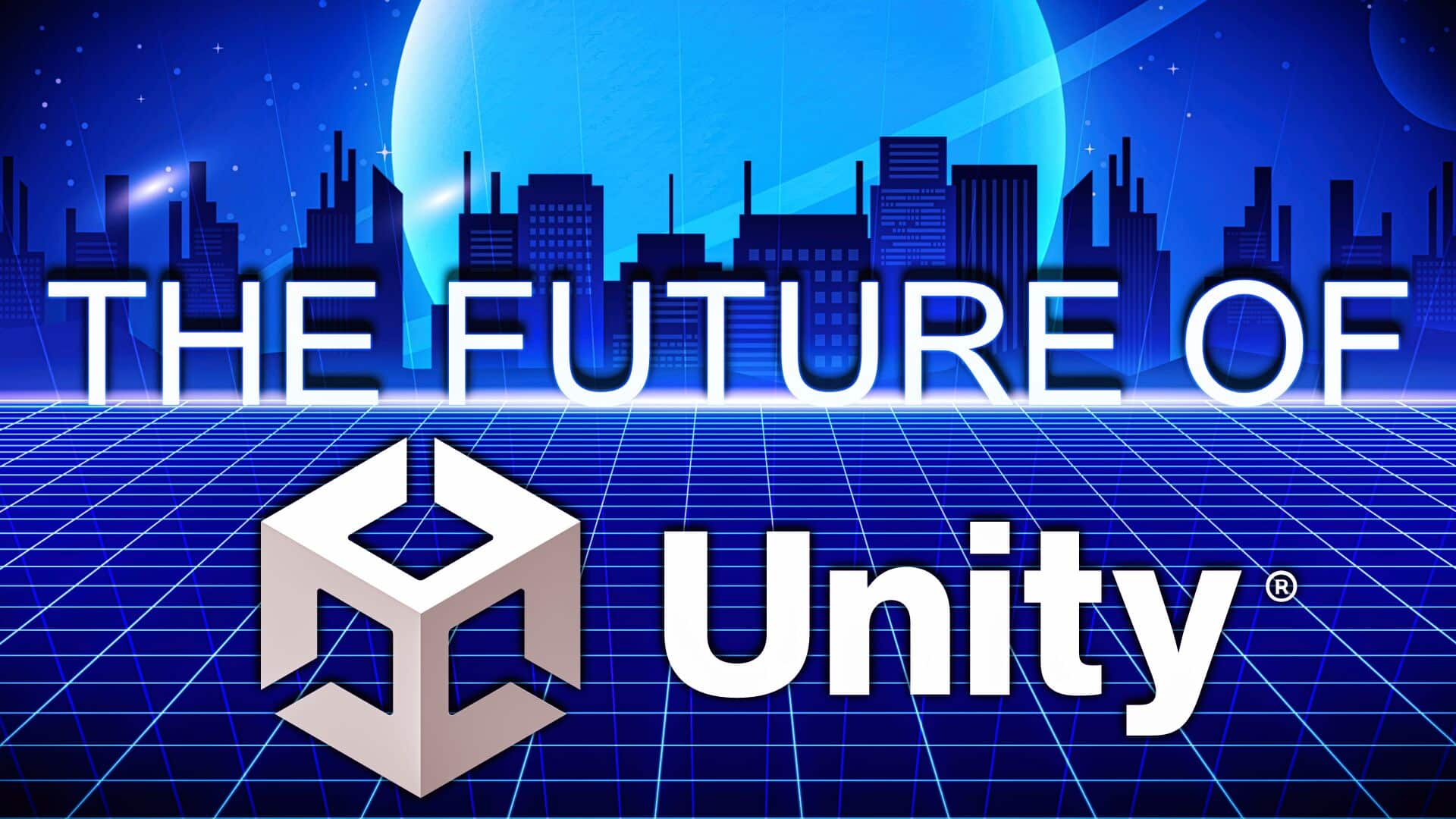

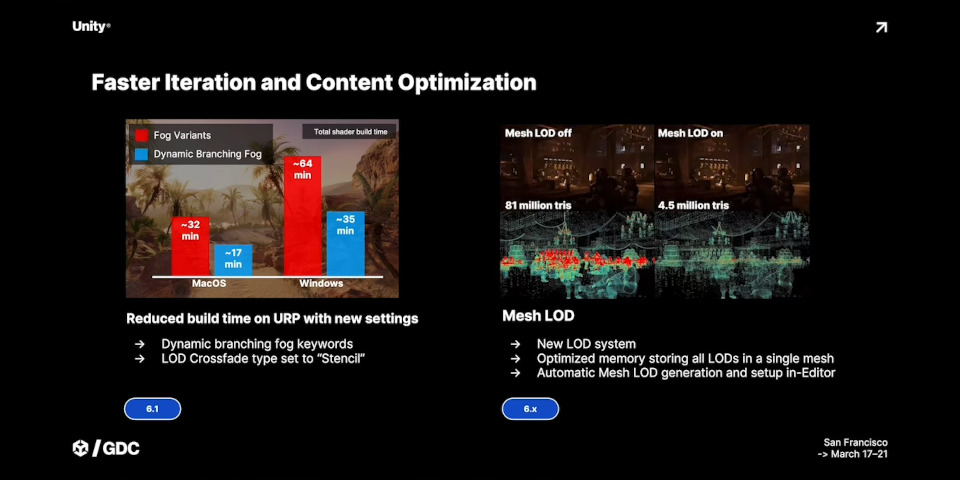
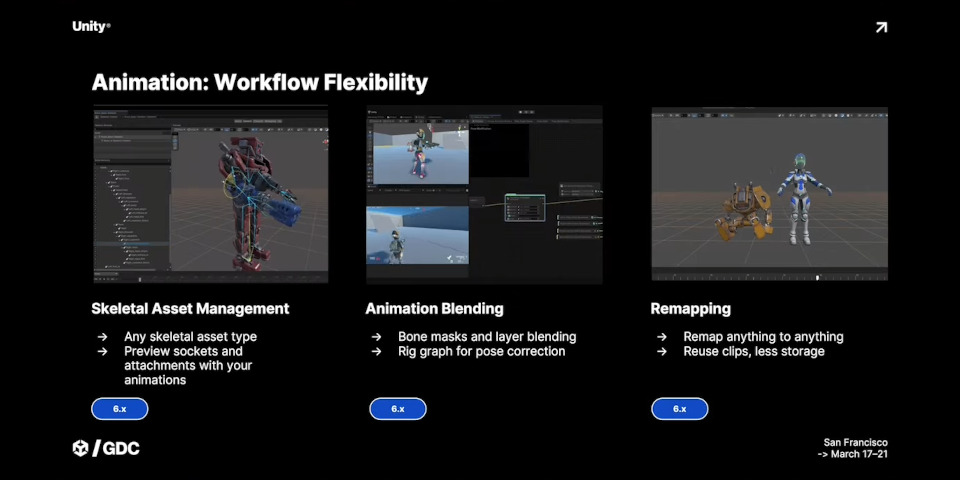

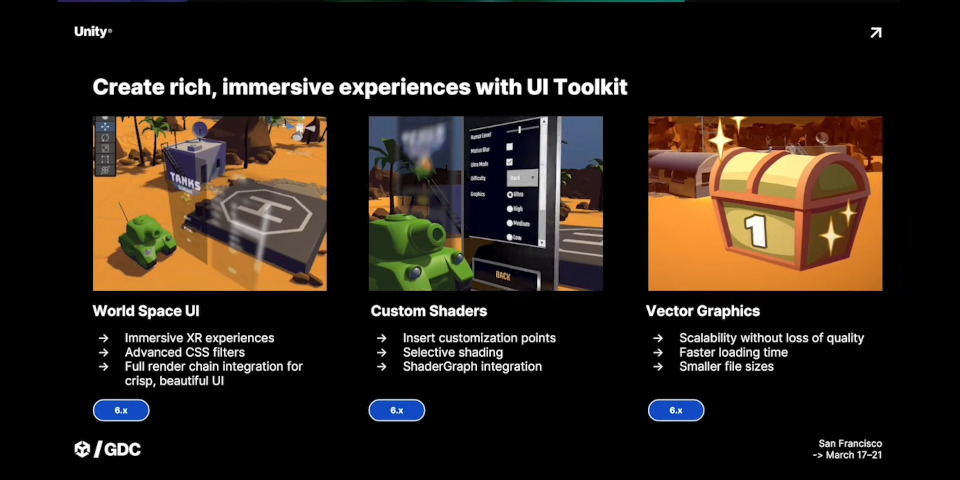
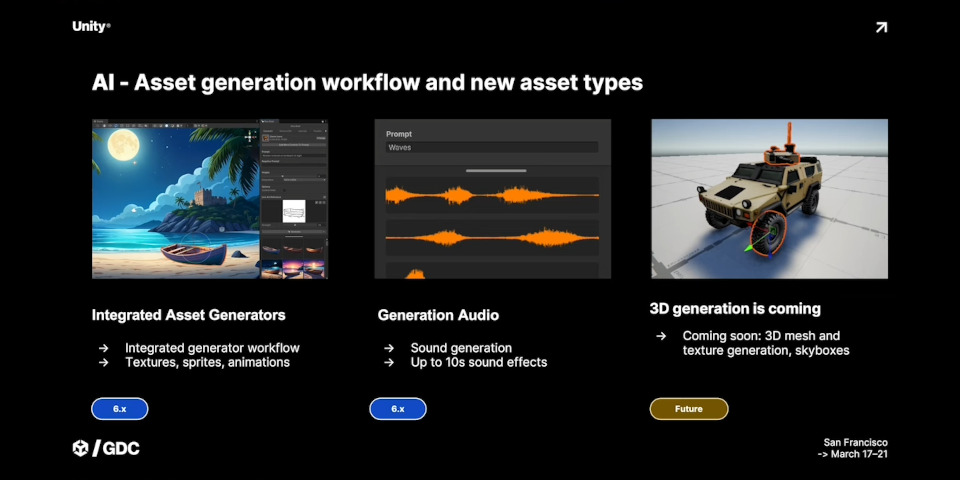
The gaming landscape is evolving rapidly, and Unity is at the forefront of this transformation. With its 2025 roadmap, Unity aims to redefine game development and extended reality (XR) experiences.
Unity's Vision for 2025
Unity's 2025 roadmap focuses on creating a performant, optimized, and stable engine. This vision caters to developers of all sizes, from indie creators to large studios, ensuring they can meet the challenges of modern game development [2].

Key Features on the Horizon
Unity 6.1, set to release soon, introduces significant improvements in rendering, including a new Deferred+ rendering path and Variable Rate Shading. These enhancements promise to elevate visual fidelity and performance [4].
Future updates will include an automated Mesh LOD system and an experimental animation system, which will streamline workflows and enhance creative possibilities for developers [1].

AI and Generative Features
Unity is also venturing into the realm of AI. Future releases will introduce generative AI tools for creating textured 3D meshes and skyboxes, significantly reducing development time and enhancing creativity [2].
This integration of AI is not just a trend; it's a necessity for developers looking to keep pace with the industry's rapid evolution. The ability to generate assets on-the-fly will empower creators to focus more on storytelling and gameplay mechanics.

The Future of XR with Unity
Extended reality is another focal point for Unity in 2025. As XR technologies become more mainstream, Unity aims to provide robust tools that enhance immersive experiences, making them more accessible to developers and users alike [3].
With Unity's advancements, developers can create more engaging and interactive XR experiences, pushing the boundaries of what's possible in virtual and augmented reality.